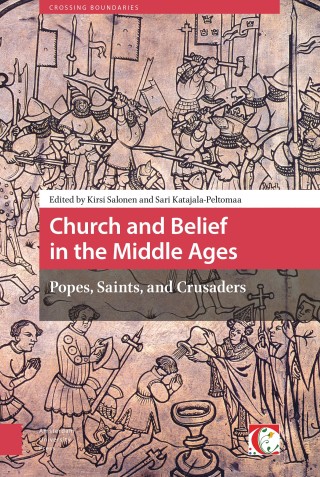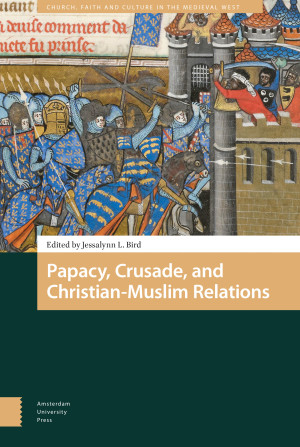Preface
Contributors
Abbreviations
Introduction
Jessalynn Bird
Peace, Crusading, and the Religious Life
1. Lay Initiative in the Early Peace of God Movement
Mary S. Skinner
2. The Sermons of Honorius III
Iben Fonnesberg-Schmidt
3. Preambles to Crusading: the arengae of Crusade letters issued by Innocent III and Honorius III
Thomas W. Smith
Crusades and the Islamic World
4. Tolerance for the People of Antichrist: life on the frontiers of twelfth-century Outremer
Jay Rubenstein
5. Pisan Migration Patterns along Twelfth-Century Eastern Mediterranean Trade Routes
Matthew E. Parker
6. Innocent III and the Beginning of the Fourth Crusade
Edward Peters
7. The Preacher and the Pope: Jacques de Vitry and the papal Curia at the time of the Fifth Crusade (1216-1227)
Jan Vandeburie
8. Rogations, Litanies and Crusade Preaching: The Liturgical Front in the Late Twelfth and Early Thirteenth Centuries
Jessalynn Bird
9. The Stones of Damietta: remembering the Fifth Crusade
Megan Cassidy-Welch
10. Pro Deo et Amore Marchionis: Honorius III, William VI of Montferrat, and the Fifth Crusade in Greece
Ben Halliburton
11. Tribute, Islamic Law, and Diplomacy: the background to the Tunis Crusade of 1270
Michael Lower

